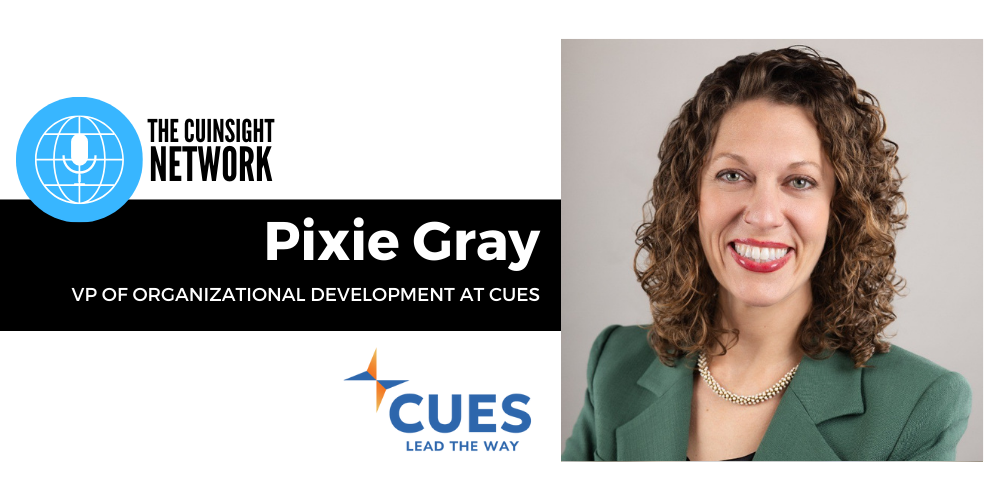What sets top employers apart? It’s more than just competitive salaries and benefits—it’s a strategic approach to human resources (HR) that shapes a thriving workplace culture. This article kicks off our new series, Becoming an Employer of Choice: A Comprehensive HR Strategy, designed to challenge your thinking, spark conversations, and provide the HR insights you need to attract and retain top talent. As you refine your strategic plans, this series will help position your organization as an employer of choice in today’s competitive landscape.
Why do you need to continuously improve your HR strategy?
Think about your car for a second. You use it to get from point A to point B. Over time, after numerous stop lights, roundabouts, detours, successful road trips, your vehicle may require an alignment. Although your vehicle may be running smoothly, it could be operating more efficiently. If you neglect the alignment, your tires will wear down faster and unevenly. You might even find it difficult to steer in the right direction.
Did your organization recently complete a big project, implementation, or restructuring? Perhaps your organization has grown tremendously over the last few years. Regardless of the change agent, your organization is heading to its next destination. However, before it gets there, you should pump the brakes, refuel, and check under the hood to evaluate what kind of maintenance your vehicle needs before hitting the road again.
In this analogy, the vehicle represents the leaders of your organization. They are responsible for guiding team members and business units to success. The fuel is your strategic plan, providing purpose and direction for your organization. The maintenance refers to company initiatives that enhance the employee work experience.
What is an employer of choice?
What do all mission and vision statements have in common? Every organization relies on a talented workforce to achieve them. Without a dependable, satisfied, and engaged workforce, an organization may struggle to reach its full potential or achieve it at the desired speed.
How can an organization combat turnover, low performance, and enhance employee work experience? By embedding an employer of choice objective (EOC) into their strategic plan.
Simply put, an employer of choice is an employer that can retain and recruit top level talent. Every strategic decision that is made by an organization must consider the impact that decision will have on its employer of choice objective. It is an ongoing effort that is never finished.
So where do you start? Let’s review the foundation of your organization.
What are your credit union’s vision, mission, and core values?
Every credit union is built with purpose. A vision statement defines your long-term aspirations—what you strive to become. It should inspire employees, foster engagement, and create a shared sense of direction.
- Do your employees know the vision statement of your organization?
- Is the vision statement ambitious enough?
A vision sets the destination, but your mission statement outlines the path to get there. It defines who you serve, what you do, and how you achieve your goals. A well-crafted mission statement connects employees to the organization’s purpose, enhancing job satisfaction and alignment.
- Do your employees know the mission statement of your organization?
- Does it support the vision statement?
Core values complete the foundation, guiding daily decisions and shaping organizational culture. These principles define how your credit union interacts with employees, members, and the community.
- Do your employees know the core values of your organization?
- Are they defined and specific?
A strong vision, mission, and core values ensure alignment across your credit union, driving success and meaningful impact.
What is company culture?
While there is extensive academic literature on the topic of organizational culture, there is no universally accepted definition, and it varies by organization. However, at its deepest level, organizational culture is the collection of values, expectations, and practices that guide and inform the actions of an organization. It is the collection of traits that make an organization stand out.
- Values: The foundation of how your organization operates. They set the tone of your organization’s culture.
- Expectations: Defined by your mission and vision statements, along with performance expectations set by managers.
- Practices: The policies and programs an organization implements and leverages effectively.
Organizational culture sets the context for everything an organization does. It can provide the competitive advantage in enhancing the employee work experience. Your credit union’s culture is vital to understand and to continuously find ways to develop. There is a strong correlation between a positive culture and employee engagement.
- How would you describe the culture at your organization?
- When employees agree that their organizational culture is strong, they are four times as likely to be engaged.
What is employee engagement?
An engaged employee is defined by their emotional commitment to an organization and its goals. They put forth discretionary effort that leads to increased productivity, better service, and improved quality of work. To unlock the full potential of your organization, you must unlock the full potential of your employees.
- Do you measure employee engagement? How?
- Do you know the benefits of an engaged employee?
The vision, mission, and core values are vital to shaping the culture of your organization. Understanding how they impact the employee work experience is an essential aspect of creating employer of choice objectives.
Follow the series on the CU Minute
At Corporate Central, we believe in the power of a great team. We have continuously improved our HR strategies to be an employer of choice. We want to share the insights we have gained to help your credit union enhance their people management. Please follow Corporate Central’s CU Minute blog for the next article in this series. We will highlight some of the major components that should be considered when evaluating your employer of choice strategies including career development, employee value proposition, work-life balance, compensation and benefits, succession planning, leadership, and much more! If you would like to be alerted to the new posts, follow us on Facebook, LinkedIn, or X.







